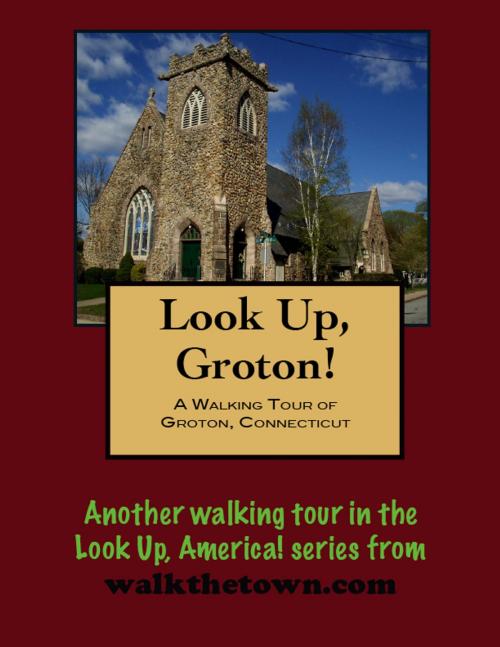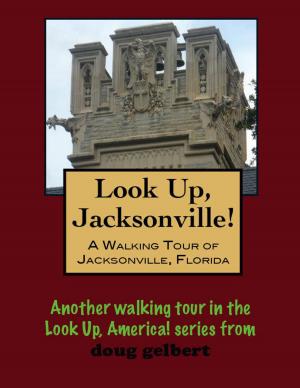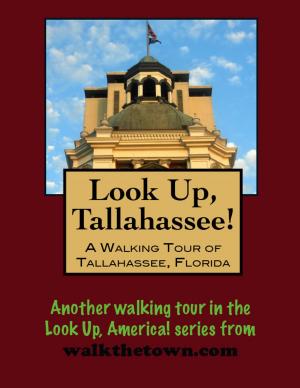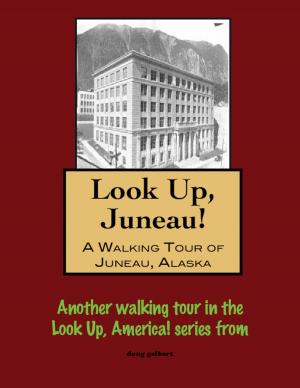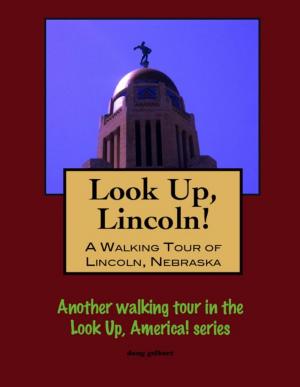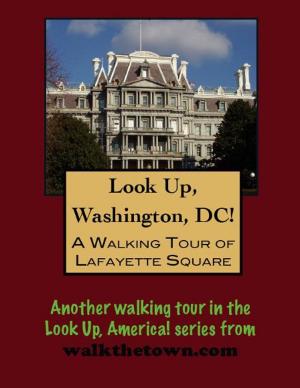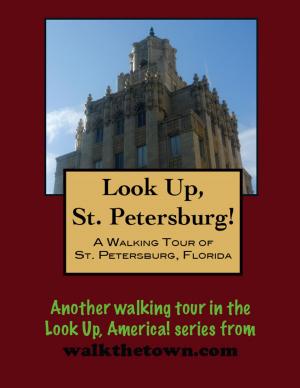| Author: | Doug Gelbert | ISBN: | 9781458176165 |
| Publisher: | Doug Gelbert | Publication: | March 2, 2011 |
| Imprint: | Smashwords Edition | Language: | English |
| Author: | Doug Gelbert |
| ISBN: | 9781458176165 |
| Publisher: | Doug Gelbert |
| Publication: | March 2, 2011 |
| Imprint: | Smashwords Edition |
| Language: | English |
There is no better way to see America than on foot. And there is no better way to appreciate what you are looking at than with a walking tour. This walking tour of Groton, Connecticut is ready to explore when you are. Each walking tour describes historical, architectural landmarks, cultural sites and ecclesiastic touchstones and provides step-by-step directions. Every tour also includes a quick primer on identifying architectural styles seen on American streets.
The early settlers - that would be 1646 - came to Groton between the Thames and Mystic rivers to farm. But there was never much living to be scratched out of the rocky soil and hilly terrain. It did not take long for shipbuilding to become an important early industry. Large ships were floating out of the Groton yards as early as 1724. Beginning with the Revolutionary War, when a 36-gun frigate was built here, the government came to depend on Groton shipbuilders. In the War of 1812 many privateers were fitted out to run British blockades. During the Civil War the ironclad Galena was constructed at West Mystic and after the war, in 1868, a Navy Yard was established on the Thames River. During World War I it was officially commissioned as a submarine base and in World War II Groton churned out 74 diesel submarines for the Navy. In 1954 the world’s first nuclear-powered submarine, the USS Nautilus, launched from Groton, by then truly the Submarine Capital of the World.
Groton men didn’t just build ships, they sailed them. Local mariners racked up some of the most impressive sailing records of the 19th century. Captain Joseph Warren Holmes doubled Cape Horn at the tip of South America 83 times, more than any other man afloat. On one trip, after a year at sea on his Pioneer, Captain Ebenezer Morgan returned with 1,391 pounds of whale oil and eleven tons of bone which he sold for a profit over $100,000, considered a record voyage.
In 1655 the first settlers colonized the east bank of the Thames River; when Groton became a separate town in 1705, the east bank was called Groton bank. In the waning days of the American Revolution, in late summer 1781, a British raiding force under the direction of turncoat Benedict Arnold overwhelmed a cadre of militia defenders on the heights overlooking the Thames River here in the only major battle of the war in Connecticut. Arnold sacked the town and New London across the river.
This is where our walking tour will take place, in a small sliver of the town of Groton, about 12 square blocks. We’ll start at one of the two museums in town, where there is abundant parking down by he Thames River and a view of the Gold Star Bridge, a pair of steel truss bridges that are the longest span in Connecticut...
There is no better way to see America than on foot. And there is no better way to appreciate what you are looking at than with a walking tour. This walking tour of Groton, Connecticut is ready to explore when you are. Each walking tour describes historical, architectural landmarks, cultural sites and ecclesiastic touchstones and provides step-by-step directions. Every tour also includes a quick primer on identifying architectural styles seen on American streets.
The early settlers - that would be 1646 - came to Groton between the Thames and Mystic rivers to farm. But there was never much living to be scratched out of the rocky soil and hilly terrain. It did not take long for shipbuilding to become an important early industry. Large ships were floating out of the Groton yards as early as 1724. Beginning with the Revolutionary War, when a 36-gun frigate was built here, the government came to depend on Groton shipbuilders. In the War of 1812 many privateers were fitted out to run British blockades. During the Civil War the ironclad Galena was constructed at West Mystic and after the war, in 1868, a Navy Yard was established on the Thames River. During World War I it was officially commissioned as a submarine base and in World War II Groton churned out 74 diesel submarines for the Navy. In 1954 the world’s first nuclear-powered submarine, the USS Nautilus, launched from Groton, by then truly the Submarine Capital of the World.
Groton men didn’t just build ships, they sailed them. Local mariners racked up some of the most impressive sailing records of the 19th century. Captain Joseph Warren Holmes doubled Cape Horn at the tip of South America 83 times, more than any other man afloat. On one trip, after a year at sea on his Pioneer, Captain Ebenezer Morgan returned with 1,391 pounds of whale oil and eleven tons of bone which he sold for a profit over $100,000, considered a record voyage.
In 1655 the first settlers colonized the east bank of the Thames River; when Groton became a separate town in 1705, the east bank was called Groton bank. In the waning days of the American Revolution, in late summer 1781, a British raiding force under the direction of turncoat Benedict Arnold overwhelmed a cadre of militia defenders on the heights overlooking the Thames River here in the only major battle of the war in Connecticut. Arnold sacked the town and New London across the river.
This is where our walking tour will take place, in a small sliver of the town of Groton, about 12 square blocks. We’ll start at one of the two museums in town, where there is abundant parking down by he Thames River and a view of the Gold Star Bridge, a pair of steel truss bridges that are the longest span in Connecticut...
